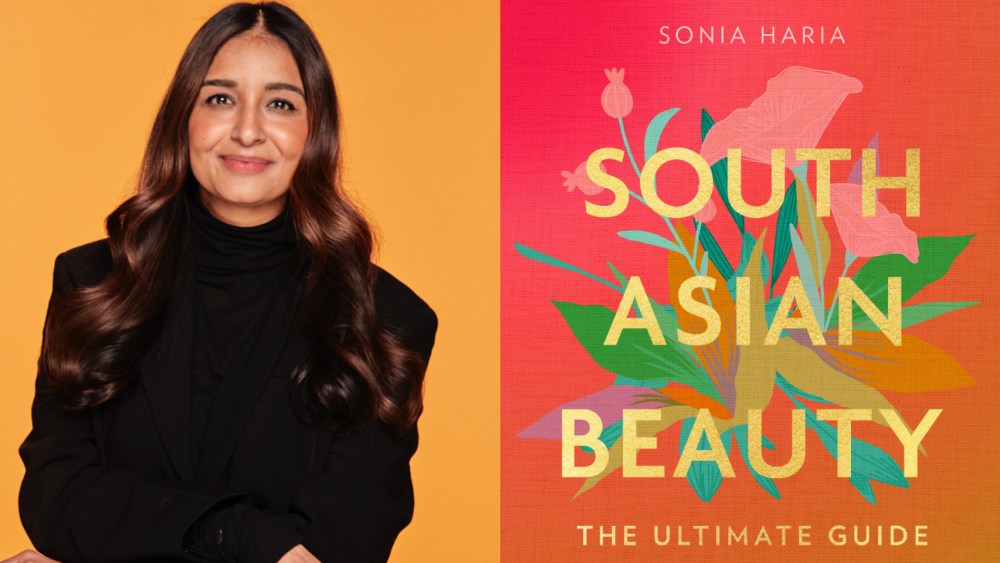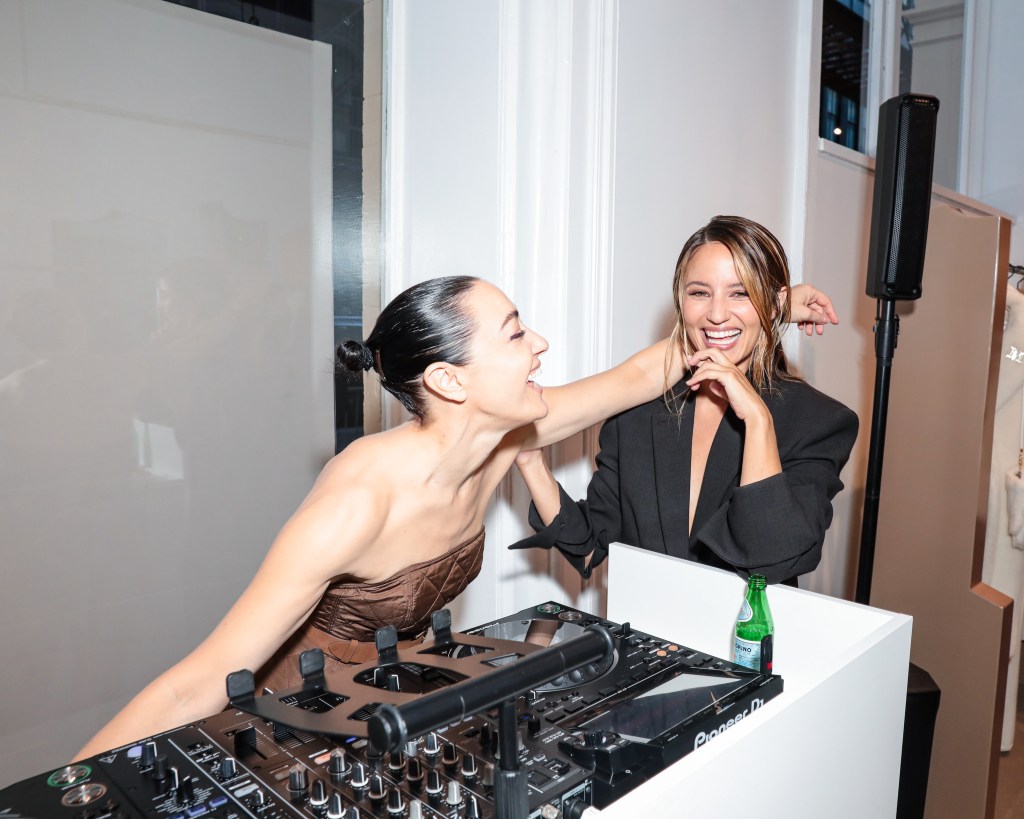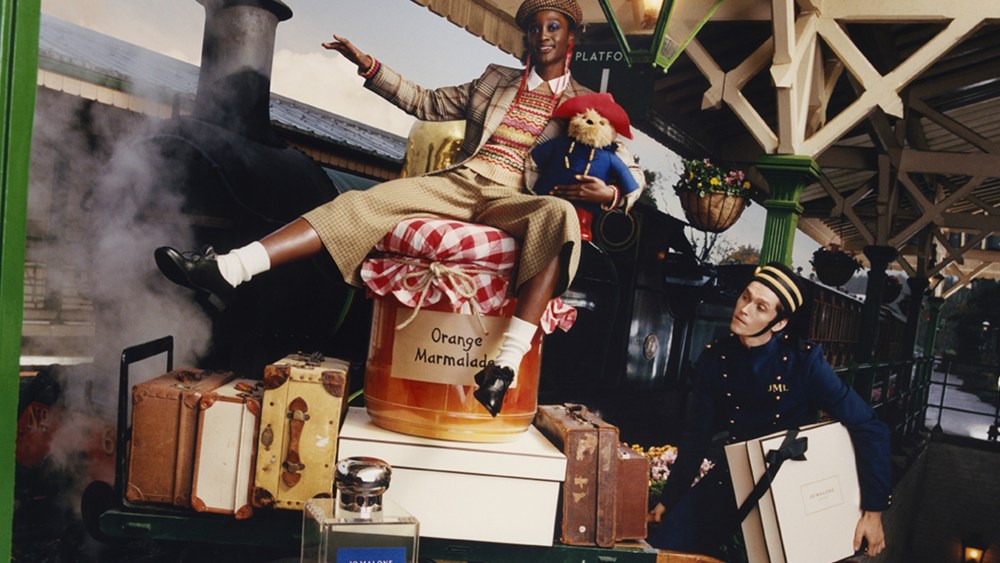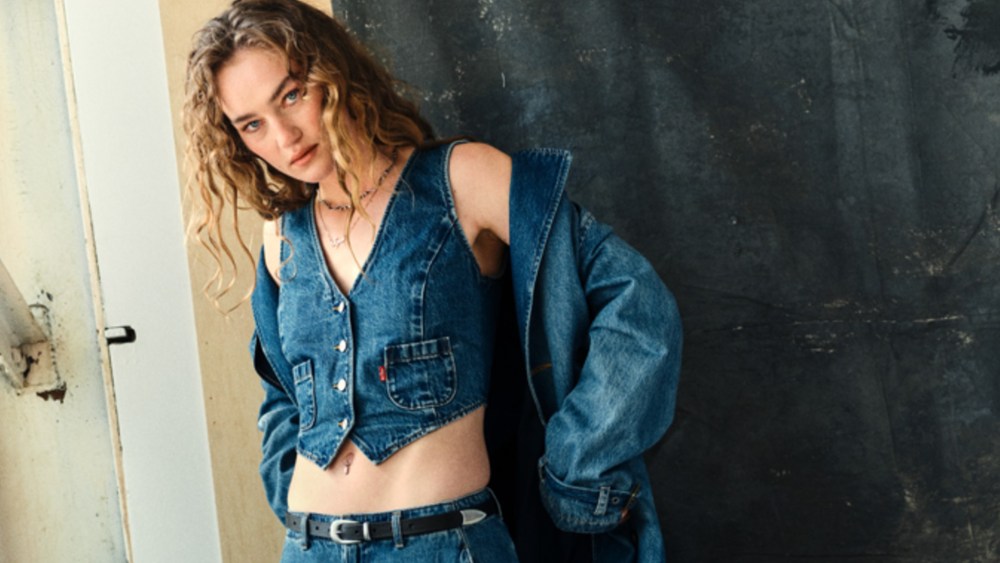LONDON — The South Asian community is one of the largest-growing multiethnic groups in the U.S. and U.K., but in the Western world, it’s still considered a niche.
Sonia Haria, a writer and beauty director at the British newspaper The Daily Telegraph, is setting out to change that perception in her debut book, “South Asian Beauty,” (HQ, Harper Collins) a guide to what it means to be South Asian, from chapters on identity, Bollywood, skin care, ayurveda, makeup and more.
According to statistics from the Office for National Statistics in the U.K., there’s a growing population of more than 5.5 million South Asians across England and Wales and in the U.S., South Asians have a growing population of more than 5.4 million according to a survey conducted by South Asian Americans Leading Together, otherwise known as SAALT.
Related Articles

“I’ve always thought it was bonkers that there wasn’t anything out there that was celebratory toward South Asian beauty just because as a culture it’s very rich in wellbeing and self care practices without even calling it that,” the author said in an interview.
Haria added that South Asian beauty is not just vanity, but something more meaningful and spiritual. “It’s not just always about makeup and the end result, but it’s about the rituals,” she said.
The author tried pitching the book to a publisher 10 years ago, but she had no luck.
It’s only now that South Asia and its people are being recognized, from Maria Grazia Chiuri’s Dior pre-fall 2023 show at the Gateway of India; a South Asian Excellence at the Oscars, and Ambika Mod starring in the lead role of Netflix’s romantic drama series “One Day,” that a shift is taking place.
Growing up surrounded by Eurocentric beauty ideals, Haria felt like she had to hide parts of her identity by concealing it with dyeing her hair lighter, wearing hazel colored contact lenses or wearing makeup that didn’t match her skin shade.
“Whereas now it just makes me feel really angry and sad because now having children myself, I would hate for them to ever feel like they don’t belong somewhere,” she said, emphasizing that it was important the book celebrated other cultures.
That’s not to say Haria doesn’t tackle the prickly bits of growing up, both in and out of her community.
She details being called a coconut, a derogatory term used to describe “brown on the outside and white on the inside,” something which she was often referred to as.

“When I started at The Daily Telegraph when I was 20, I always felt like [my culture] was a secret, but at home it was full of beauty. In the early days it was all about botox, trout pouts, heavy contouring and expensive moisturizers; it felt so strange and different to what my idea of beauty was,” said Haria, who has worked at the newspaper for more than 16 years.
She approached writing the book the same way she does with a beauty feature: full of advice and anecdotes. She fixated on topics of dark circles and pigmentation, which is hereditary to many South Asians.
There’s even a chapter on South Asian weddings, which have been in the headlines of late because of the wedding of Anant Ambani and Radhika Merchant that reportedly cost between $300 million and $600 million.
“Bridal is such a big business in South Asian cultures,” Haria said. In the book she dives into establishing a good skin care routine six months ahead of the big day and product recommendations.

In the book, she shares photos from her wedding day, where she had 280 guests, which by South Asian standards is considered intimate, as a traditional wedding can easily go up to 800 people.
Another chapter she enjoyed writing was about Bollywood, an industry that produces over a thousand more films than Hollywood and sells about $3 billion cinema tickets annually.
Haria pointed out that the soft glamour of the ‘50s in Bollywood is everywhere to be seen, from makeup counters to the Kardashians on Instagram.
“The softly brown smokey eyes with contour and powdery pink lips that aren’t too bright with big fluttery lashes has been a trend over the last five to 10 years,” she added.
She also addresses Bollywood’s troubling aspect such as colorism, where the villains are often portrayed by darker skinned actors.
The book is as much a history lesson of South Asian culture and the beauties of Bollywood as it is a beauty guide to an ethnic minority that doesn’t see itself represented in bookstores.




